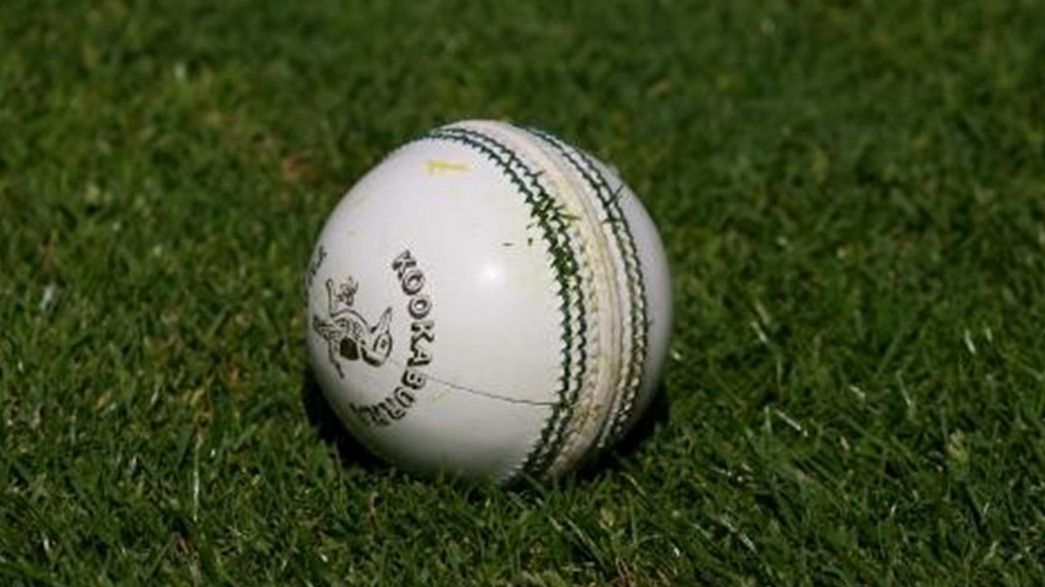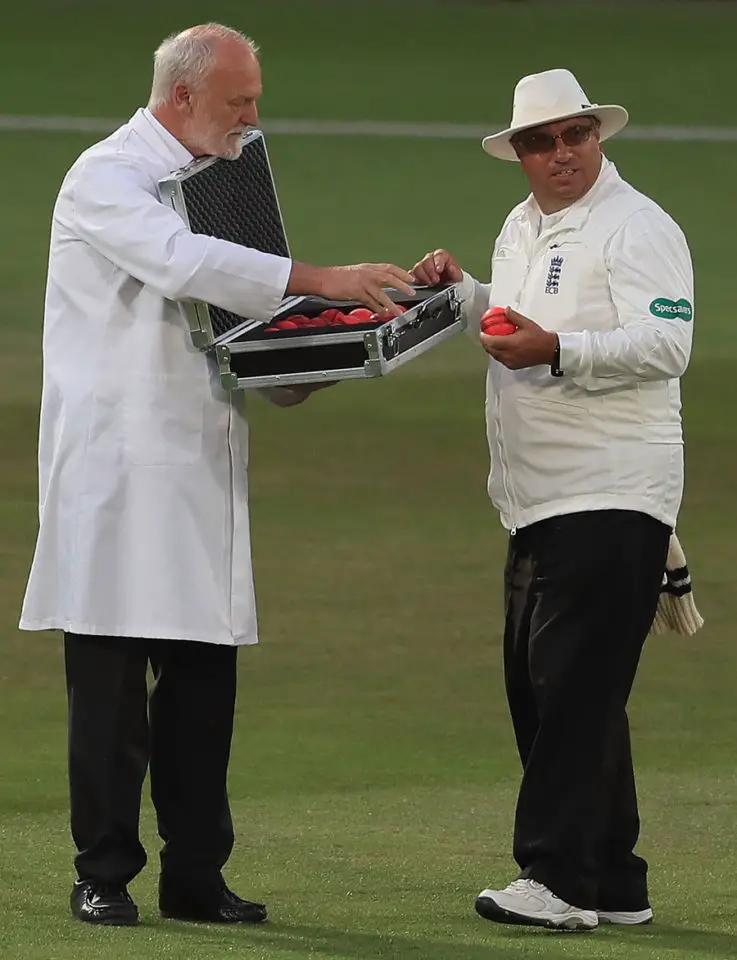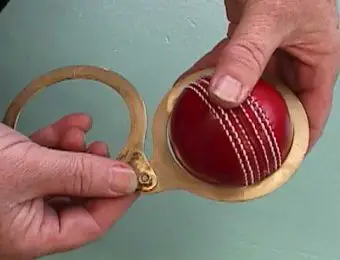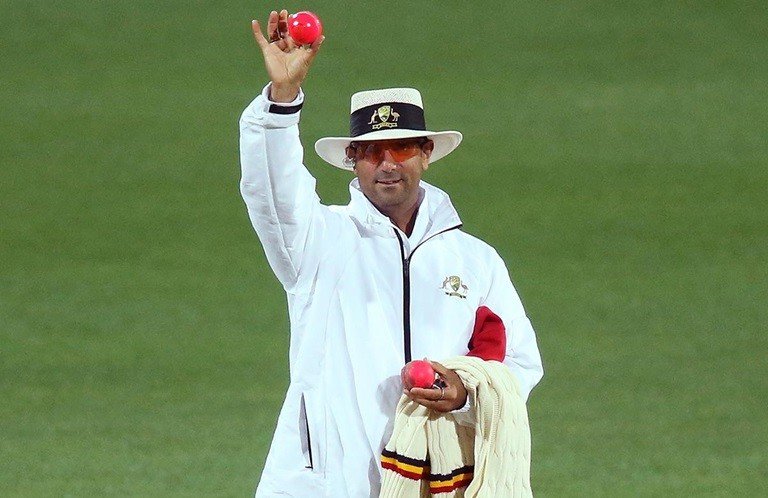When watching cricket, you might have heard the phrase “they’re taking the new ball” and wondered what it actually means. This may lead you to wonder, if a team is allowed a new ball, how many new balls can they use in a match? Can they keep taking a new ball at their own will? How many balls can be used in a cricket match?
The number of new balls used in a cricket match varies based on the format of the game. In T20 matches, 1 new ball is used for each innings. For ODI matches, 2 new balls are used in an innings (1 from each bowling end). Whereas, in Test Matches, a new ball can be used every 80 overs!
However, the reasons for the differences in the number of balls used in each form of the game are manifold. In order to understand them, it’s important to address relationship between the age of the ball being used and the version of the game being played.
How Many New Balls are used in a T20 match?

In T20 cricket, one of the shortest forms of the game, typical only two balls to be used per match – one per innings.
As mentioned, the white balls used in professional T20 cricket deteriorate slightly faster than their red-ball counterparts. This means that each team has the chance to make the most of their fast bowlers in the first few overs; but also, their spinners in the middle and final overs.
It is, however, sometimes the case that more balls will be used. If, for example, the batsman hooks the ball a long way over the boundary and potentially even out of the ground, then a new ball will obviously have to be used to replace it.
The umpires are then tasked with choosing a ball from a number of pre-used balls. They must pick one which is most in the most similar condition the ball, which was lost over the boundary, in order to make it fair for the bowling team who may have been working hard to develop the shine or roughness of the ball.
How Many New Balls are used in a One Day Match? (ODI Match)
In an ODI Cricket Match, 2 new balls are used during each Innings – one from each bowling end. Thus, a total of 4 new balls are used in a One Day International Cricket Match.
These rules were introduced in 2011 which stipulated that teams use two balls during the innings – one from each end. This rule was introduced in order to reduce the wear and tear on the white balls being used. It was particularly to resolve the issue of the balls becoming overly discolored with dirt and grass-stains when used for a full 50 over innings.
As each team ends up batting once, a total of four balls are used during a 50 over ODI, with each one being used for 25 overs each across each of the two innings. This is significant in that it adds another level of thought for the captain to consider when making decisions as to who bowls from which end.
The team may decide to maintain each ball differently, and each ball may develop a shine on a different side. Therefore, the in-swinging fast bowler might be most useful using the ball from one end of the ground, while the off-spinner might be better off with the less well-maintained ball at the other.
How Many New Balls are used in a Test Match?
Finally, we come to Test Matches, which are the longest form of the game of cricket. The Test Matches usually last as long as five days although an article published by The Telegraph, concluded that the percentage of matches going to the 5th day have decreased from 77% in the 1980s to about 58% in 2010 decade.
Since the length of a test match is ultimately measured in days, there are rules around how many overs ought to be played per day. Each session, of which there are three in each day, must last for at least 30 overs. This means that each day much consist of at least 90 overs, although this changes for the fifth day in which only a minimum of 75 overs are required.
A new ball can also be called for by the bowling team, once the previous ball has been used for at least 80 overs. This rule applies also to the County Championship in England, where player lasts for three days. Therefore, as an example, on the first day of play, the team who bowl first will have at least 10 overs left at the end of the day with which they can use a new ball.
With the fading light, and the chance to attack a batsman or two who have managed to establish long and secure innings, the new ball can be a godsend. However, picking the right moment to do so is one of the greatest skills in a Test Match captain’s armory.
A new ball is also automatically available at the start of a new innings, should the bowling team wish to use it – which they typically do in order to give their fast bowlers the best chance to attack the opposition’s best batsmen early doors.
What Happens if a Ball is Lost during a Cricket Match?

There are occasions during a cricket match when a cricket ball gets lost in the crowd or outside the ground. This is mostly due to a big shot played by a batsman.
However, if a ball is lost during a match, a new ball is NOT taken. Rather, a ball is chosen from a box of balls available with the match referee. The ball chosen shall closely resemble the ball that was lost or the number of overs that the lost ball was played for.
Can a Cricket Ball be Changed even when It is Not Lost?
The two umpires can also call for a change of ball if the ball becomes unfit to play as it loses its shape.
As per the laws of cricket, sub-section 4.5 of Cricket Ball Rule – “The two umpires can replace the ball if it becomes unfit to play through normal use. In such a scenario, the umpires shall replace the ball with the one which is comparable in wear and tear to the one which is being replaced.”
When the ball is replaced, the two umpires need to inform the batsman and the fielding captain. However, before replacing the ball, the umpires need to make sure that the cricket ball is no longer retaining either the acceptable weight or size of a cricket ball.
What are the Acceptable Weight and Size of a Cricket Ball?
As per the laws of Cricket, “The ball, when new, shall weigh not less than 5.5 ounces (155.9 g), nor more than 5.75 ounces (163 g), and shall measure not less than 8.81 in (22.4 cm), nor more than 9 in (22.9) cm in circumference”.

If the ball loses its shape, the umpire checks the shape of the ball using a ball gauge.
The ball gauge usually has two rings. One ring is designed with the maximum diameter whereas the other ring is designed with the minimum diameter.
The umpires are required to check if the ball passes through the ring with the maximum diameter, and it doesn’t pass through the ring with the minimum diameter.
If either of the two conditions are not met, the ball needs to be called for a replacement.
What is the Umpire’s Signal for a New Ball?

After taking a new ball, the umpire raises his hand above his head with the ball in his hand indicating to the players and the audience that the new ball is taken.
The umpire has to also make sure that the signal for new ball has been received by the official scorer.
